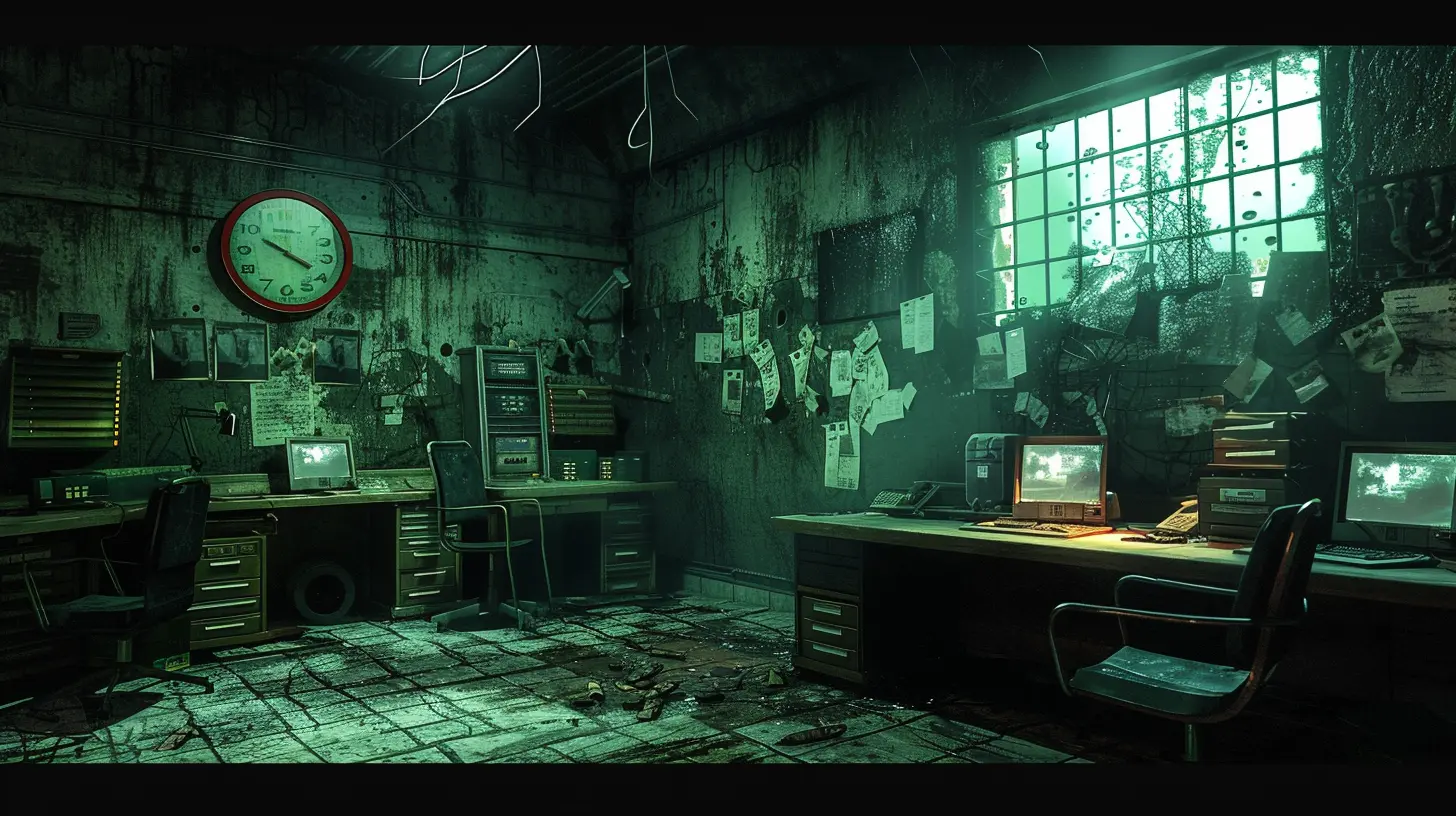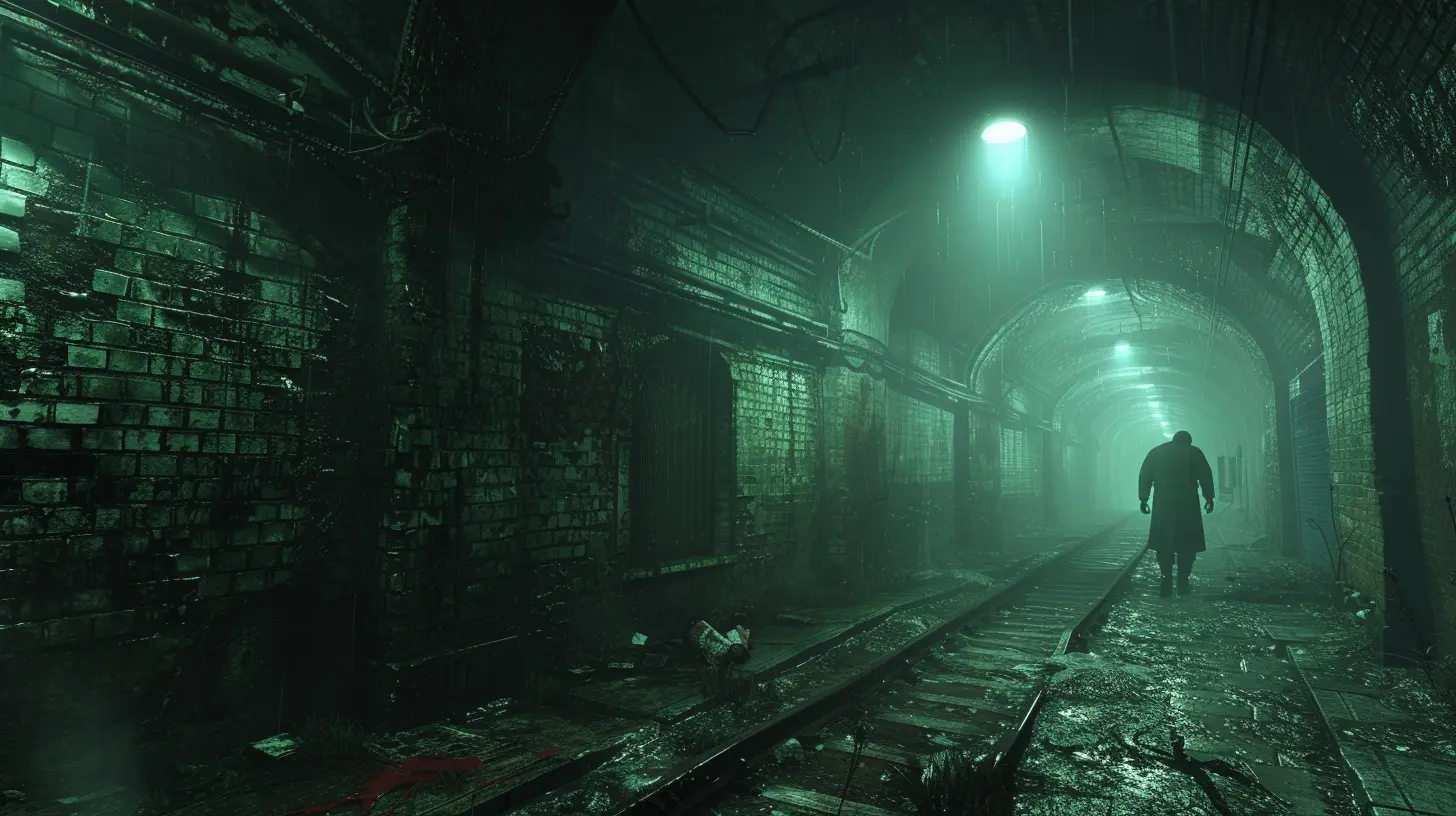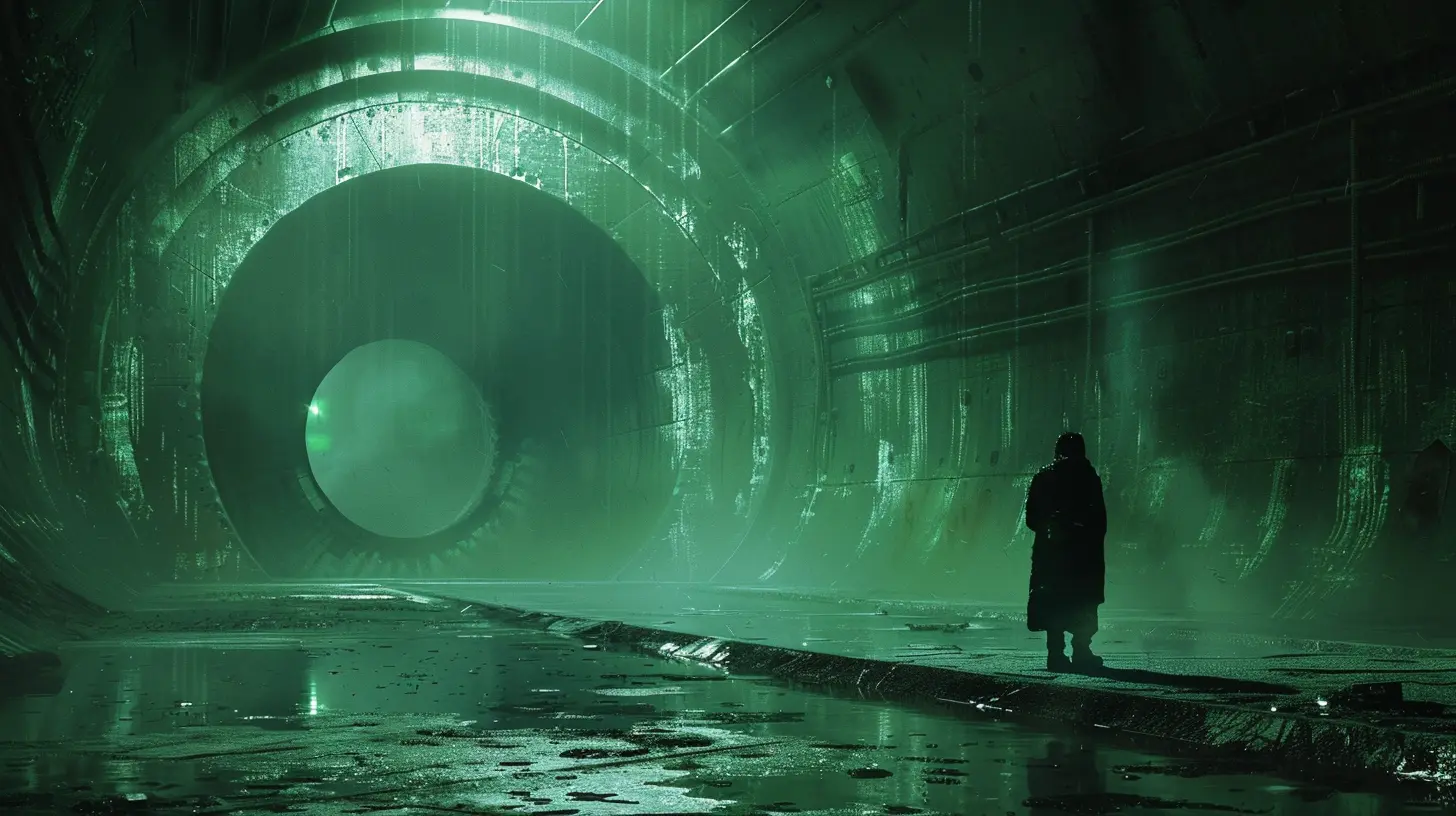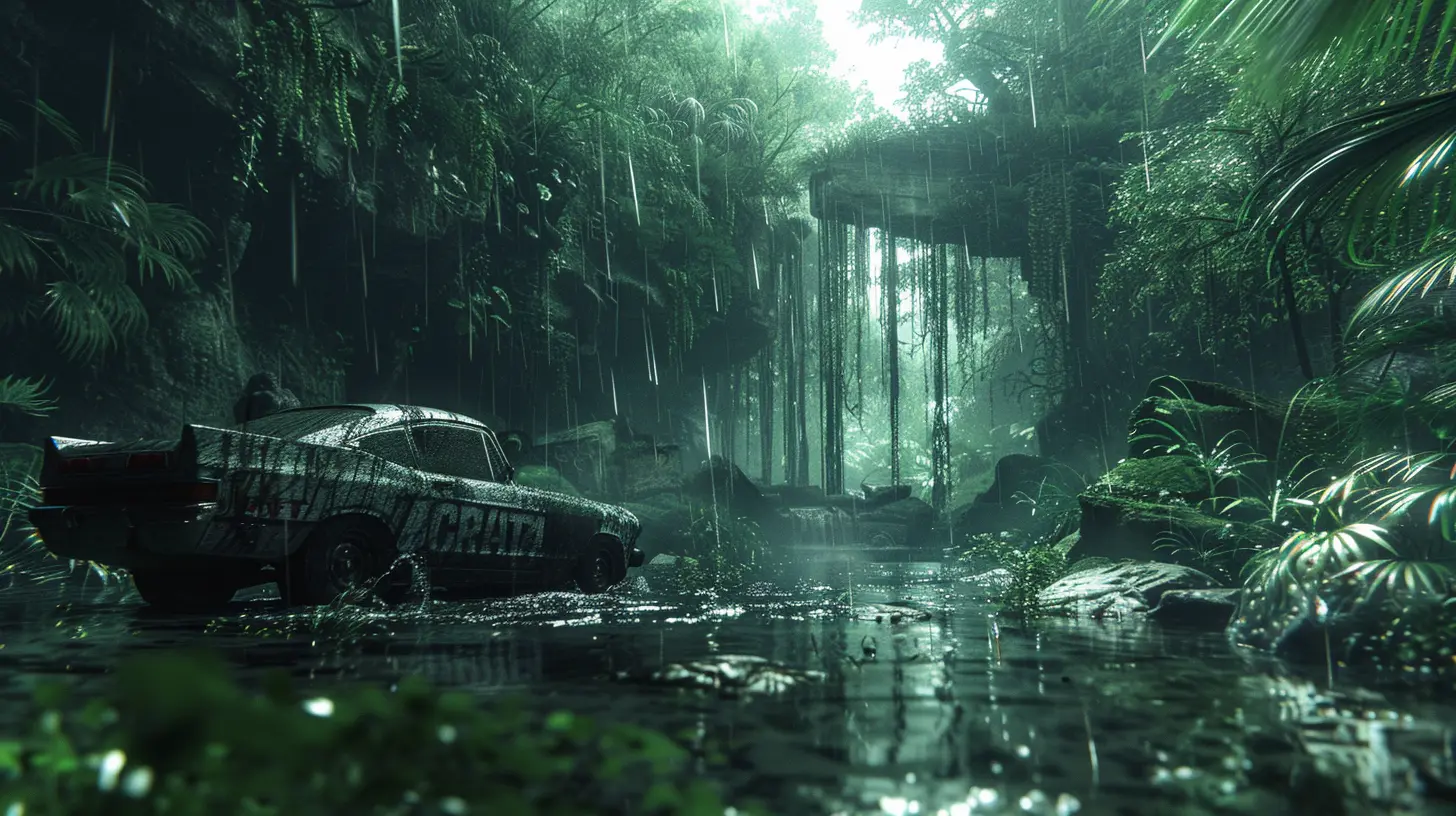Breaking Down the Core Elements of Stealth Games
30 October 2025
Stealth games… now those bring a different kind of thrill, don’t they? You’re not charging in with guns blazing. No, you're the shadow in the night, the silent whisper behind enemy lines. There's something incredibly satisfying about slipping past a guard unnoticed or clearing an entire level without anyone ever knowing you were there.
But what exactly makes a stealth game tick? What are those core elements that, when carefully blended, create that heart-pounding, edge-of-your-seat tension we stealth fans can’t get enough of?
Let’s break it all down, piece by sneaky piece.
What Even Is a Stealth Game?
Before we get into the juicy details, let’s make sure we’re on the same page. Stealth games are a subgenre of action or adventure games where avoiding detection is the main focus. Sure, you might still get into combat, but the goal is usually to avoid it.Whether you're hiding in lockers, creating distractions, or silently taking out enemies one by one, stealth games reward patience, observation, and strategy.
1. The Magic of Line of Sight
At the heart of nearly every stealth game lies a simple but powerful mechanic: vision cones. Yep, a literal field of view.Enemies often patrol areas and can only see in a specific direction. It’s not exactly realistic (peripheral vision exists for a reason), but it creates a consistent and understandable system for the player. If you stay out of their line of sight, you're good.
Games like Metal Gear Solid, Hitman, and Dishonored rely heavily on this. The environment becomes a chessboard, and you're five moves ahead, reading those view cones like traffic lights.
And let’s be honest — ducking behind a crate a split-second before a guard turns your way? Peak gaming adrenaline.
2. Light and Shadow – Your Best Friends (or Worst Enemies)
Light is another big one. In many stealth games, staying in the shadows makes you practically invisible. Some games even give you a visibility meter — think Splinter Cell — so you always know how exposed you are.What’s cool is how developers play with this mechanic. Maybe you shoot out a light source to create your own darkness. Maybe your enemy carries a flashlight and you have to dance around it like some kind of high-stakes game of flashlight tag.
Light is more than an aesthetic choice — it's a tactical layer that adds depth and realism.
3. Sound – The Often Underrated Tension Builder
You ever try sneaking through a level only to step on a creaky floorboard? Suddenly alarms go off, dogs start barking, and you’re sprinting for your life. Sound is a key part of any stealth game worth its salt.Games simulate how noise travels. Running is louder than crouch-walking, shooting a gun will draw attention, and throwing a bottle might lure a guard away. In The Last of Us Part II, using the environment’s acoustics is crucial to surviving stealth encounters.
Some games even include audio indicators — like a circle that grows when you make too much noise. It’s all about balancing silence with movement, speed with stealth.
4. Disguises and Infiltration
Want to walk straight through enemy territory like you belong there? Then disguises are your golden ticket. Few games do this better than Hitman. You can change outfits, blend in with crowds, and act natural — all while planning your next move.Disguises add a unique twist. Instead of just avoiding enemies, you interact with them — get close, overhear conversations, maybe even sabotage their coffee (with poison, of course).
Infiltration becomes less about sneaking and more about manipulation — you're still in stealth mode, just in plain sight.
5. Enemy AI – The Brain Behind the Brawn
All the shadows and sound systems in the world won’t matter if your enemies are dumb as rocks.Smart enemy AI is essential. They need to react logically: check out strange noises, notice missing comrades, or get suspicious if they see something out of place. Good stealth games create tension by making you feel like you're up against real people, not mindless drones.
For example, Alien: Isolation |— yeah, that terrifying game with the Xenomorph — has an unpredictable AI that learns your patterns. It doesn’t just ramp up difficulty; it keeps you uncomfortable, always second-guessing your hiding spot.
6. Level Design – The Silent MVP
A well-designed stealth level is like a playground for sneaky players. You’ve got multiple paths, hidden vents, ledges to climb, and places to hide.The best levels reward exploration. Take Dishonored, for instance. You can sneak across rooftops, crawl through sewers, or blend in at a party — all in the same mission. There's no single "right" way.
Non-linear design makes stealth feel organic. You're making choices, not just solving puzzles.
And when it’s really well done? You can feel like a ghost, a ninja, and a master spy — all in one.
7. Tools of the Trade
Let’s talk gear. No stealth protagonist leaves home empty-handed. From lockpicks and throwing knives to EMP grenades and silenced pistols, gadgets are essential.Different games pull this off in different ways:
- Splinter Cell gives you night vision goggles and sonar.
- Deus Ex lets you hack security systems and use cybernetic upgrades.
- Hitman gives you, well… a rubber ducky bomb.
The gear you carry defines your playstyle. Are you knocking enemies out or avoiding them altogether? Are you disabling security systems or creating diversions?
Whatever the approach — your tools give you control over the environment. And that’s power.
8. Tension, Pacing, and the Sweet Taste of Success
More than anything else, stealth games are about mood. It’s about that rising tension when your breath catches, and you wonder, “Am I going to make it?”The pacing is slower — deliberate. You take your time, survey the area, watch patrols. You wait for the right moment. Then — BAM — you move like a shadow, pass undetected, and vanish.
And when it works? Oh, it’s glorious. That rush of pulling off a perfect stealth sequence feels better than any killstreak in an FPS. It’s the thrill of being untouchable.
9. Combat Versus Non-Combat Stealth
Not all stealth games are created equal when it comes to combat. Some let you fight your way out when things go south (Metal Gear, The Last of Us). Others? One mistake, and it’s game over (Thief comes to mind).It all comes down to design philosophy. Do you want players to feel empowered or vulnerable?
Games like Mark of the Ninja hit a nice middle ground. You can fight, but it’s rarely the best option. The stealth kill is just more efficient — and silent.
So, whether you like the option to get scrappy or prefer the "no alerts, no kills" purist run, there's a flavor for everyone.
10. Player Freedom and Emergent Gameplay
When stealth games shine brightest, it’s when they foster creativity. Letting players come up with their own solutions to problems is powerful.Maybe you:
- Toss a bottle to lure a guard
- Hack a turret to do your dirty work
- Blend in with a crowd, then silently poison your target
These aren’t scripted moments. They’re yours. And that’s when the game feels less like a series of challenges and more like a real sandbox.
Emergent gameplay — those unpredictable interactions born from systems working together — is what elevates a good stealth game into an unforgettable one.
The Evolution of Stealth Games
Stealth has come a long way. From early classics like Thief: The Dark Project to modern hybrids like Ghost of Tsushima and Cyberpunk 2077, stealth has evolved from a gimmick to a fully-fledged genre with depth and nuance.New tech, smarter AI, and more immersive worlds mean stealth games today are more dynamic than ever. But at their core, they still hold onto those key pillars — vision, sound, light, level design, and player freedom.
And as long as developers keep refining those elements, stealth will always have a place in gaming.
Final Thoughts
Stealth games aren’t about raw power — they’re about finesse. The slow burn. The mental chess match between you and the game world. Every decision, every slip-up, every silent takedown — it all matters.Whether you’re ghosting your way through a dystopian city or taking down a corrupt empire from the shadows, stealth games challenge you to play smart, not loud.
So next time you boot one up, pay attention to the details — the AI behaviors, the level layout, the tools you’re handed. Because behind every great stealth moment is a carefully crafted system working in harmony.
Happy sneaking, agent.
all images in this post were generated using AI tools
Category:
Stealth GamesAuthor:

Madeleine McCaffrey
Discussion
rate this article
1 comments
Jessamine McGuire
Stealth games thrive on tension and strategy, demanding patience and finesse. They challenge players to think outside the box, turning every shadow into an ally. Embrace the thrill of the unseen—it's a true test of skill!
November 7, 2025 at 6:11 AM

Madeleine McCaffrey
Absolutely! Stealth games expertly blend tension, strategy, and skill, inviting players to creatively navigate environments and utilize stealth mechanics for a truly immersive experience.


